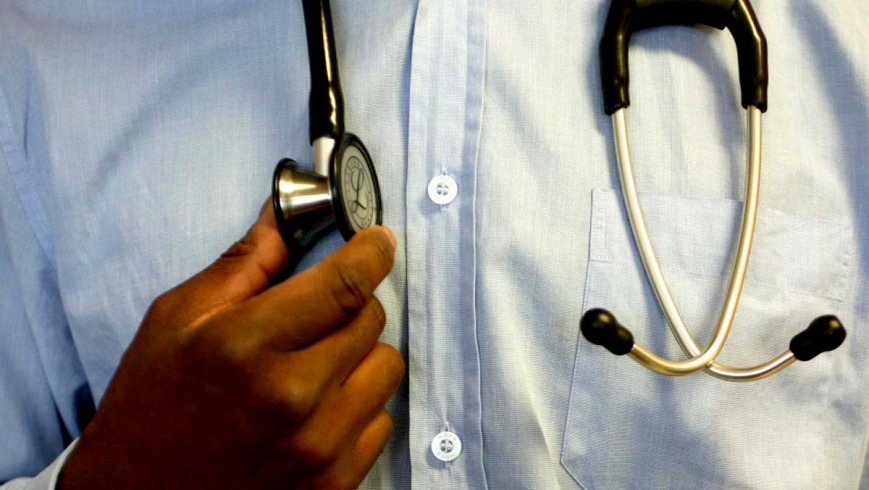The number of potentially preventable hospitalisations in Wyndham has increased by thousands of cases across five years, according to a new report.
The Australian Institute of Health and Welfare (AIHW) last week released a report into how many potentially preventable hospitalisations (PPHs) were recorded across the nation between 2012-13 and 2017-18.
PPHs are admissions to hospital that could potentially have been avoided through preventive care such as vaccinations, or disease management, such as treatment of infections or management of chronic conditions.
The report found that one in 15 hospital admissions (6.6 per cent) in Australia were classified as potentially preventable in 2017-18.
Within Wyndham, there were 5773 PPH cases recorded in this period, compared to 3193 five years earlier.
This included 918 cases of iron deficient anemia (compared to 289 five years earlier), 542 cases of diabetes complications (compared to 307), 450 cases of chronic obstructive pulmonary disease (compared to 299) and 420 cases of cellulitis (compared to 255).
AIHW spokesman Richard Jukes said that across Australia, people aged 65 years and over accounted for 46 per cent of all PPHs, and children aged under 14 made up 13 per cent.
The most common cause (10 per cent) of potentially preventable hospitalisations was chronic obstructive pulmonary disease.
“Classifying a hospitalisation as ‘potentially preventable’ does not mean that the hospitalisation itself was unnecessary, however, it indicates that management at an earlier stage may have prevented the patient’s condition worsening to the point of hospitalisation,” Mr Jukes said.
“It’s important to note that a higher rate of PPH doesn’t always indicate a less effective health system, but PPH are useful for identifying variations between different groups, and understanding health inequalities.”
He said that nationally, the rate of PPHs in in 2017–18 was around 2000 per 100,000 people.
“Rates were highest in the Northern Territory (around 5800 people per 100,000), and lowest in the Australian Capital Territory (around 2150 per 100,000),” Mr Jukes said.
Hospital visits could be prevented: report

By Alesha Capone
Digital Editions
-

Festive self-care important for those with a disability and their carers
The holiday season is a great time of the year to relax, spend time with friends and family, and look forward to the year ahead.…





